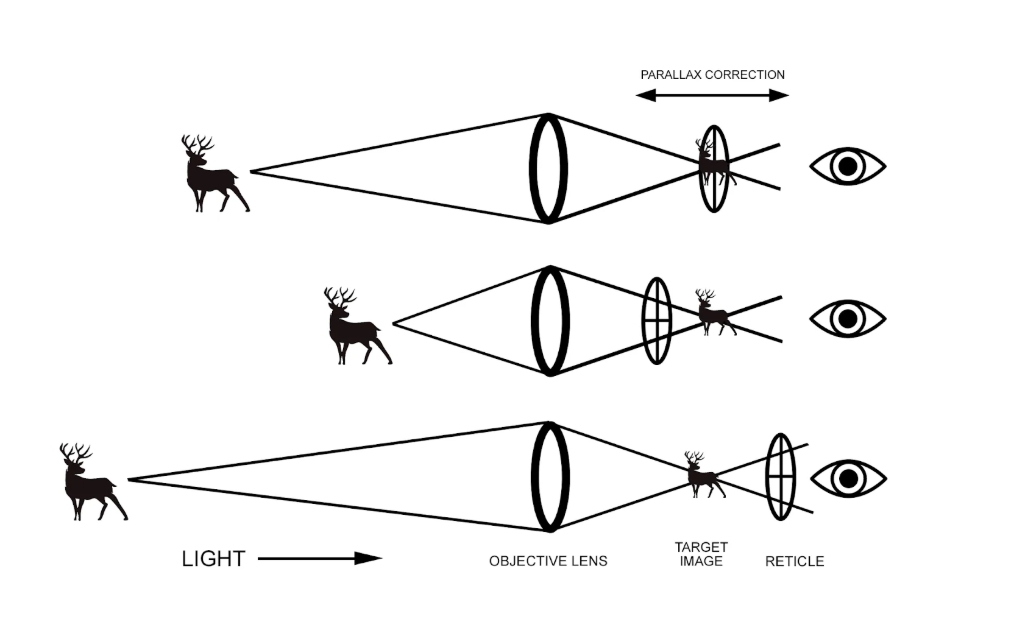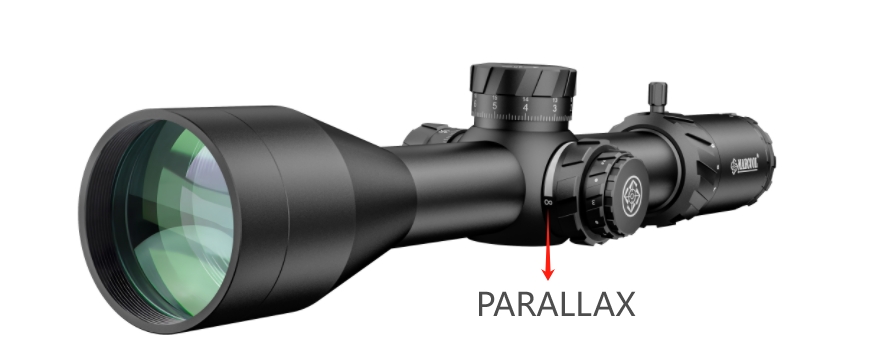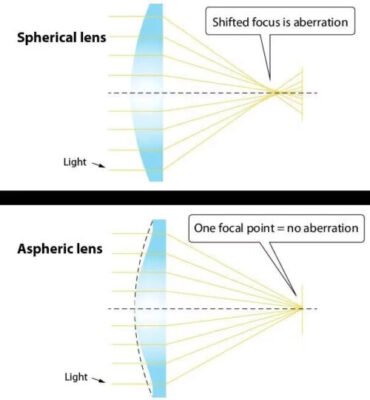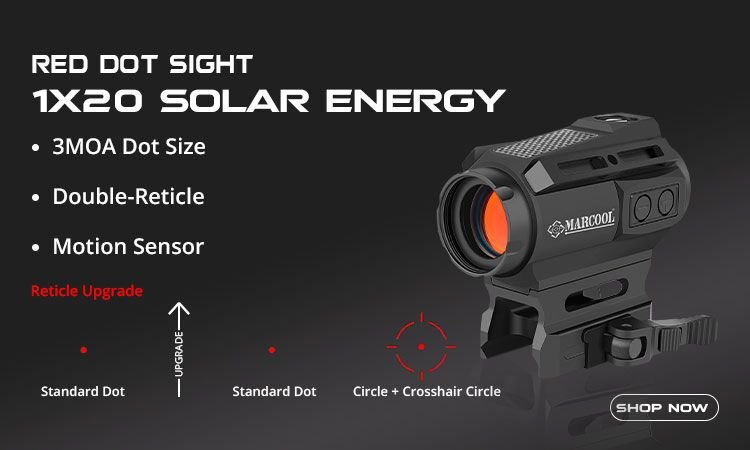

Ask any seasoned marksman what separates a casual shooter from a true precision shooter, and you’ll likely hear one word: consistency.
Hitting your target once is easy. Hitting it every time, under different conditions, is a different story.
One of the most overlooked details that affects consistency is something called parallax in your riflescope.
I was reminded of this recently after watching a clear, no-nonsense YouTube video on the subject.
The instructor broke down parallax in a way that’s easy to understand, and it got me thinking how many hunters and shooters still don’t fully grasp it.
So, let’s walk through what parallax is, why it matters, and how you can eliminate it from your shooting setup.
It is one of those technical-sounding terms that intimidates newcomers, but it’s not complicated. In simple terms, it’s what happens when the reticle inside your scope and the image of the target aren’t on the same visual plane.
If you’ve ever noticed your crosshairs drifting across the target when you shift your head slightly behind the scope, you’ve seen parallax in action. The crosshairs aren’t actually moving — it just looks that way because your eye isn’t perfectly aligned. At 100 yards, the error might be small. Stretch it out to 400 or 600 yards, and suddenly you’re missing by several inches.
Think of it like checking your car’s speedometer from the passenger seat instead of the driver’s seat. From an angle, the needle looks like it’s pointing somewhere else. That’s parallax.

On a deer hunt inside 100 yards, parallax probably won’t make or break your shot. Most standard scopes are factory-set to be parallax-free at that distance. But as you move into longer ranges — varmint hunting, target matches, or steel plates at 800 yards — parallax error becomes a real problem.
The truth is, parallax doesn’t care how steady your rest is or how carefully you squeeze the trigger. If the reticle isn’t aligned with the target’s focal plane, your shot won’t land where you think it will. That’s why competitive shooters, snipers, and serious hunters all take the time to correct it.
Correcting parallax is easier than most folks think. Here’s the straightforward process:
Start with your reticle. Look at a plain background, like a clear sky or a wall, and adjust your eyepiece until the crosshairs are razor-sharp. This is step one, and you only need to do it once.
Dial in the parallax knob (or AO ring). If your scope has adjustable parallax, set it to roughly the distance of your target.
Check for movement. Put the rifle on a steady rest and zoom in. Without moving the rifle, shift your head slightly side to side or up and down. If the crosshairs float across the target, parallax is still present.
Fine-tune until it locks. Turn the knob until the crosshairs appear glued to the target no matter how you move your eye. That’s when you know parallax is eliminated.
Not every scope lets you make these adjustments, and that’s by design.
Fixed-parallax scopes: Most hunting scopes are built this way, typically factory-set at 100 or 150 yards. They’re lighter, simpler, and perfectly fine for big game hunting where shots are close to moderate in range.
Adjustable-parallax scopes: These are designed for precision work — long-range shooting, target matches, and specialized hunting. They give you the flexibility to dial out error at any distance, which is why serious long-range shooters won’t use anything else.
Don’t trust the distance markings on your knob or ring. They’re a rough guide, not gospel. Always adjust with your eyes.
Make parallax the last adjustment you do after setting magnification and focus.
Practice at multiple ranges. The more you train your eye to recognize parallax, the quicker you’ll be at fixing it.
Use a solid rest. Trying to chase parallax while holding your rifle freehand will only frustrate you.
Parallax isn’t the flashiest topic in the shooting world, but it’s one of the most important if accuracy matters to you. Once you learn how to spot it and adjust for it, you’ll notice your groups tightening and your confidence growing.
Whether you’re ringing steel at 1,000 yards or lining up on a coyote at 250, eliminating parallax ensures that when your crosshairs settle on the target, your bullet lands exactly where it should. And in the end, that’s what precision shooting is all about.


